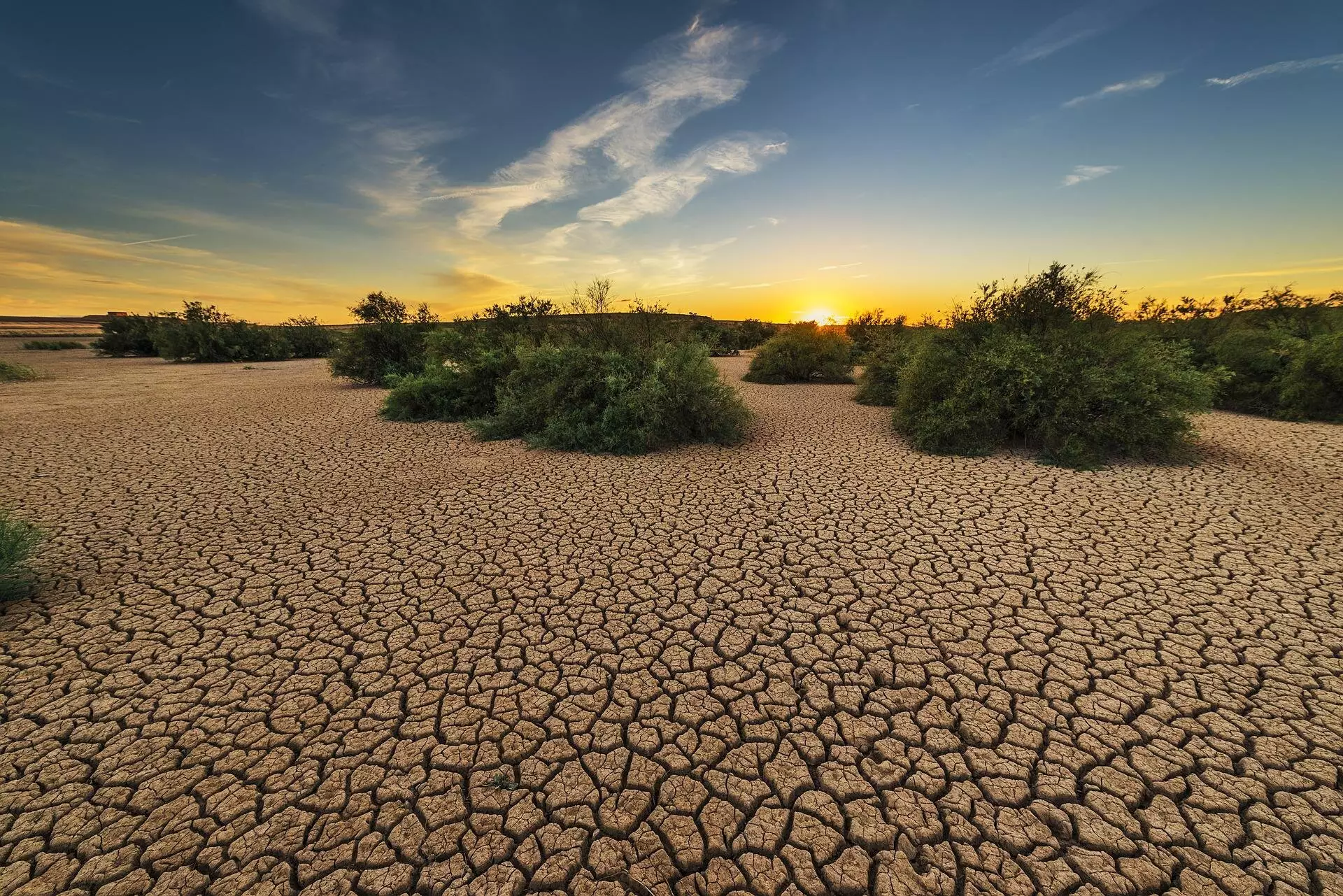Droughts are typically perceived as long, grueling stretches of parched landscapes and dwindling water supplies, conjuring a sense of chronic unease. However, the emergence of flash droughts—conditions that can develop within mere days or weeks—complicates this narrative significantly. Experts, including Dr. Ashok Mishra from Texas A&M University, have been delving into the factors that precipitate these swift and devastating phenomena. Their recent research, published in *Communications Earth & Environment*, not only highlights the immediate risks of flash droughts but also emphasizes their broader implications, particularly in areas like Texas, where agriculture and energy are deeply woven into the economic fabric.
Flash Droughts: A Distinct Phenomenon
Understanding flash droughts is crucial for effective leadership and policy development. Unlike traditional droughts, which unfold slowly and provide some level of predictability, flash droughts catch communities off guard. They can quickly lead to significant deficits in soil moisture and water availability, severely impacting agriculture and other vital sectors. As Dr. Mishra points out, the speed and intensity of flash droughts necessitate specialized strategies for mitigation. They pose a unique challenge not only due to their rapid onset but also their capacity to create a domino effect across ecosystem services, water resources, and food security.
Climate Change as a Catalyst
The role of climate change in exacerbating flash droughts cannot be overstated. Dr. Mishra’s team has identified a worrying trend: as climate conditions continue to deteriorate, the frequency and intensity of flash droughts are expected to increase, especially in regions like South Asia. Given that Texas shares climatic vulnerabilities with these areas, it is likely that the state will also see these trends manifest more severely. The ripple effects of such environmental changes could spell disaster for sectors reliant on stable weather patterns—threatening not just economies, but also the livelihoods of countless individuals.
Preparing for the Future through Collaboration
Addressing the multifaceted issues posed by flash droughts requires a cooperative approach. The collaboration between Texas A&M and various global research entities highlights the importance of leveraging diverse expertise to devise adaptive strategies. Policymakers must be armed with tools for robust quantification and prediction, which remains a significant hurdle. Furthermore, established preventative infrastructure and interdisciplinary collaborations are essential in developing effective responses to these increasingly volatile conditions. The conversation surrounding flash drought mitigation is not just for academic circles but should extend into grassroots engagement, emphasizing community awareness and preparedness.
The Call to Action
As our climate continues to shift unpredictably, the urgency surrounding flash droughts will only grow. The challenge lies not only in recognizing their existence but also in mobilizing resources and knowledge to combat their impacts. Awareness is the first step; initiating informed discussions that highlight actionable solutions must follow. Stakeholders across sectors must unite, championing sustainable practices that anticipate and adapt to the looming crisis of flash droughts. It is a clarion call to acknowledge that our response to these rapid, destructive droughts will determine the resilience of our ecosystems and economies in the coming years, making it not just an environmental issue but a pressing societal concern.


Leave a Reply